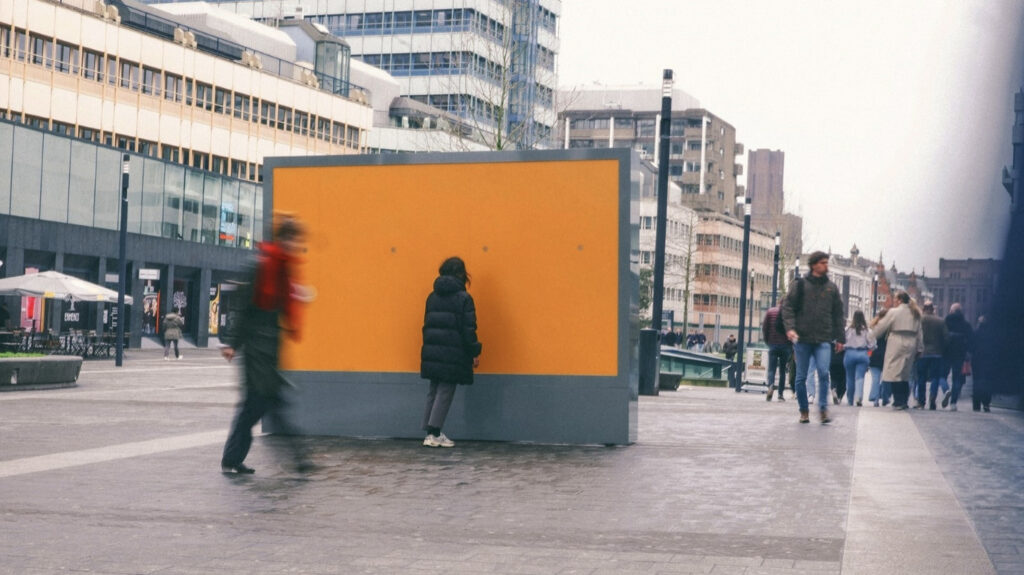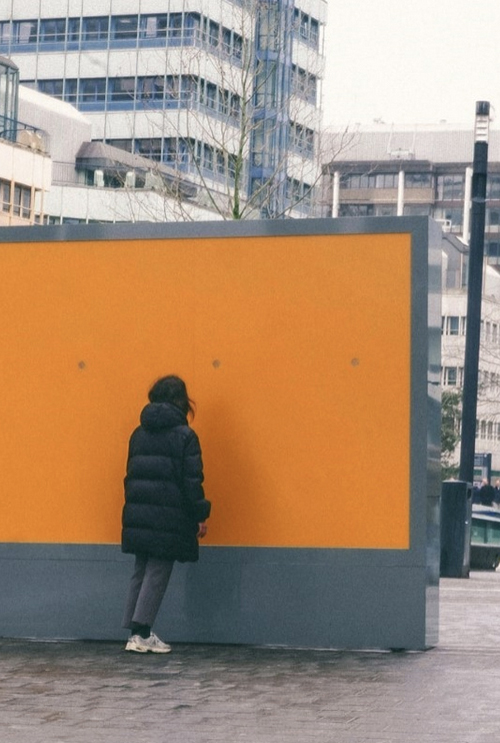
Scented Billboard
Source: McDonald’s
In an era where digital screens dominate consumer attention, it’s easy to overlook one of the most powerful — and underused — senses in marketing: smell. Scent marketing, once a niche tactic confined to boutique hotels or perfumeries, is now being transformed by AI, data analytics, and smart technologies. Welcome to the digital age of scent marketing — a new frontier where fragrance meets the future.
What Is the Digital Age of Scent Marketing?
Scent marketing has always been a powerful tool — our sense of smell is directly tied to memory and emotion, making it 100x more likely we’ll remember a scent than a sight or sound [1]. But in the digital age, this ancient sense is getting a tech upgrade. IoT-connected diffusers, AI-driven personalization, and immersive tools like VR are transforming scent from a passive background element into a smart, adaptive, and measurable experience.
Smarter Tools for Scent Delivery
Modern scent diffusers are becoming increasingly intelligent. Through cloud-based dashboards, brands can now schedule fragrance diffusion by time of day, season, or even customer profile. With IoT integration, scent can be synchronized with lighting or music, creating immersive and harmonized environments.
AI is beginning to take scent marketing to the next level. Some platforms can already measure the impact of specific aromas on foot traffic, dwell time, or sales — and enable A/B testing of different scents. This positions fragrance as a fully measurable marketing asset, alongside content, visuals, and sound.
And the future promises even more. Smart diffusers won’t just release scent — they’ll learn. AI could identify which aromas perform best in real time, automatically adapt diffusion strategies, and even personalize scent experiences based on biometric responses or customer profiles. Scent marketing is set to become as strategic and data-driven as any digital campaign.
Prolitec is already shaping multi-sensory experiences in physical-digital spaces. At ARTE MUSEUM Las Vegas, the “ETERNAL NATURE” exhibition uses tailor-made scents to bring each immersive artwork to life. The journey continues at the ARTE TEA BAR, where tea and media art blend into a calming, scent-enhanced experience.
McDonald’s Scented Digital Billboard
One of the boldest recent examples comes from McDonald’s Netherlands, where the brand launched minimalist red-and-yellow billboards that emitted the smell of its iconic French fries — with no logos or text. The scent alone triggered brand recognition and cravings, luring pedestrians to the nearest restaurant. The campaign, powered by scent-emitting tech and precise geographic placement, underlined just how powerful smell can be in driving foot traffic [2]. A street survey revealed that 87% of passersby recognized the McDonald’s scent, and 71% of them could distinguish the smell of French fries, demonstrating a strong brand recall. This innovative campaign and the accompanying street survey were orchestrated by TBWA\NEBOKO — the award-winning creative agency behind some of the world’s most disruptive marketing.
Smell in the Metaverse: The Next Frontier for Brands
Smell marketing is becoming more important as brands look for new ways to connect with people and build a strong relationship with them. Thanks to new technologies like virtual reality (VR) and augmented reality (AR), it’s now possible to bring scent into digital experiences. This is especially useful for industries like food, cosmetics, and gaming. Some companies are already exploring this through the metaverse—a shared, virtual space where users interact with digital environments and each other using avatars. In this immersive world, users could smell fresh cookies when entering a virtual bakery, test a perfume scent before buying it, or even experience the earthy scent of a forest during a game. When it comes to smelling in digital or virtual environments, special hardware is needed—most commonly, a scent-emitting device that can be attached to or integrated into a VR headset or helmet or be placed in a stationary location near the user.
As people want richer, more sensory online experiences, using smell in digital spaces will help brands stand out and be remembered.
Imagine donning a VR headset to explore a virtual IKEA showroom while the comforting scent of Swedish meatballs and pine furniture fills the air, creating a multi-sensory experience that bridges the digital and physical worlds.
While the integration of OVR (Olfactive Virtual Reality) technology remains in its early stages, it has a promising development for the future of marketing.
Ready to Lead with Your Nose?
In the race for attention, brands that create unforgettable experiences win. And nothing roots an experience in memory quite like scent. With today’s tools, any business — from boutique to multinational — can leverage fragrance to boost impact. The digital age of scent marketing is here. And it smells like opportunity.
Contact us today to know more about our IoT solution!
By Lucie Goutagny, Content and Community Coordinator
Sources
[1] Vlahos, 2007
[2] Fast Company, McDonald’s Scented Billboard Is A Stroke Of Marketing Genius, 2024
https://www.fastcompany.com/91090407/mcdonalds-scented-billboard-is-a-stroke-of-marketing-genius
https://www.tbwacannes.com/news/smells-like-mcdonalds-mcdonalds-netherlands/

